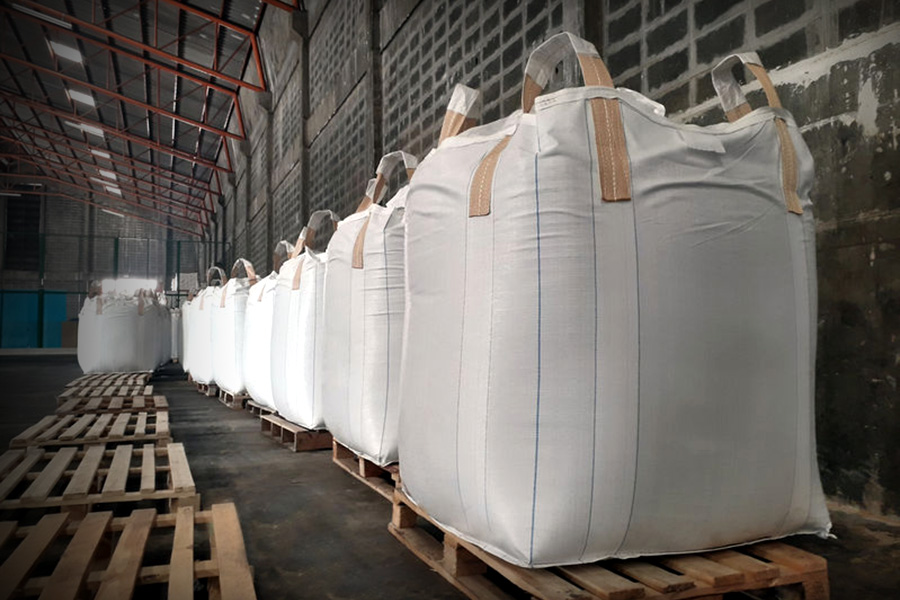Fertilisers and pesticides need to be stored properly to protect people and the environment. Whether you use an existing building or are planning a new one for this purpose, here is some useful and important guidance.
The use of ammonium nitrate (AN) fertiliser is commonplace in farms, and if not stored correctly can be extremely dangerous. AN fertilisers are a risk as they are oxidising agents which means they can accelerate combustion of other materials.
In our experience, storage ranges from converted buildings to purpose-built barns. Before building new storage you must check with your local authority to see if planning permission is needed. There may be restrictions – especially in environmentally sensitive areas such as a groundwater protection zone, or upstream of a water supply catchment.
A store for AN fertilisers must also be at least 4 metres away from residential dwellings and sources of ignition and combustible goods (e.g. straw or gas canisters), and away from drains, water courses and areas that flood.
A five-point plan for fertiliser storage
There is an industry-adopted five-point storage plan that sets out the main guidelines:
- Buy from a Fertiliser Industry Assurance Scheme (FIAS) approved supplier
- Keep in a secure area such as a building, or sheeted, away from public view
- Carry out regular stock checks and report any losses to the police immediately (using 101)
- Avoid leaving fertiliser in a field overnight and never leave in the field for a long period
- It is illegal to sell ammonium nitrate without the correct documentation
When storing fertiliser in a building, Health and Safety Executive advice is:
- Fertiliser should be stored in clean, dry, well-ventilated buildings and made of fire-proof materials such as bricks, concrete or steel
- The floor should also be free of any sharp objects
- Stacks should be no more than three bags high, with bags interlocked for stability
- No stack should be more than 300 tonnes, with a 1-metre gap between stacks
- There should also be a distance of at least 5m between a stack and any hay, straw, grain, feedstuffs to act as a firebreak, or a barrier made of an inert material that is at least 1.5 metres wide
- No smoking or naked flames can be allowed in the building
- Where it is not possible to store fertiliser inside, it should be kept in a level, secure area to stop unauthorised access
- The bags should be stacked on pallets to avoid them touching the ground, and the stack should be fully sheeted
If you use fertilisers or pesticides, please also note our recent article about the new requirements for testing of the equipment used to apply them.

